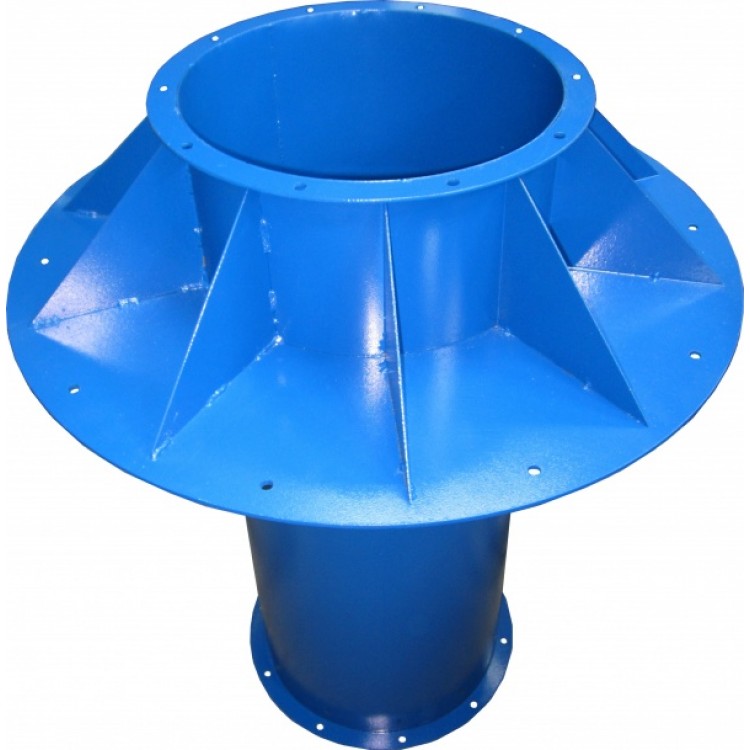
Chertezh Ventilyacii Avtomojki
Summary of the differences between the Grimms' versions of 1812 and 1857. Wilhelm Grimm was the principal editor of the Children's and Household Tales following their inititial publication. The most significant changes were made already in the second edition (1819), although Wilhelm continued to revise the stories until their final edition (1857).
Contents • • • • • • • • Structure [ ] The azygos vein transports deoxygenated blood from the posterior walls of the and into the vein. The anatomy of this can be quite variable. In some rare variations for example, it also drains thoracic veins, bronchial veins and even gonadal veins. The vein is so named because it has no symmetrically equivalent on the left side of the body. It is formed by the union of the with the right at the level of the 12th thoracic vertebra, ascending in the posterior, and arching over the posteriorly at the root of the right to join the superior vena cava. This 'arch of the azygos vein' ( arcus venae azygos) is an important anatomic landmark.
As an anatomical variation in 1-2% of the population, the arch can be displaced laterally, thereby creating a septum separating an from the upper lobe of the right lung. The anatomy of this can be quite variable.
In some rare variations for example, it also drains thoracic veins, bronchial veins and even gonadal veins. The vein is so named because it has no symmetrically equivalent on the left side of the body. The azygos system is considered to be the azygos vein located from rib number 2 to rib number 4 while the left part of the body has the hemiazygos vein and the accessory hemiazygos vein as the venous system. A major tributary is the, a similar structure on the opposite side of the vertebral column. Other tributaries include the,, and posterior right. It communicates with the.
The origin and anatomical course of the azygos vein are quite variable. Usually, there is a singular azygos vein on the right side of the body. However, the azygos vein is occasionally located in the midline or two independent veins may be present like in early embryonic development. The azygos vein generally begins at the level of the lumbar vertebrae, but may originate above the point in some case. The lumbar aspect of the azygos vein can ascend anteriorly to the lumbar vertebrae and pass behind the right or cross the aortic hiatus (where the aorta pierces the diaphragm) to the right of the cisterna chyli, a dilated lymph sac. The common trunk of the right ascending lumbar vein and the right subcostal vein join the azygos vein anterior to the body of T12. However, if the lumbar segment is absent, this trunk may form the azygos vein.
Structure and location of Azygos vein In developmental biology, it is proposed that azygos vein firstly drain to the posterior cardinal vein and then to longitudinal venous channel. Due to the retrogression of left common cardinal vein, the left azygos vein loses contact with posterior cardinal vein. Thus, the blood drains into the right azygos line. Function [ ] The azygos system of veins is considered to be the azygos vein, along with its left-sided counterparts, the and the. Clinical significance [ ] Azygos vein abnormalities can be inferenced on chest radiograph by enlargement of the azygos vein shadow greater than 1 cm. False positives can occur in heart failure causing increased pressures on the right side of the heart, or adjacent.

Azygos and hemiazygos continuation of the inferior vena cava (IVC) was not common in daily life.  It is very hard to observe particularly when it is not associated with congenital heart disease or deep venous thrombosis. Thus, it is crucial to diagnose the enlarged azygos vein at the confluence with the superior vena cava and in the retrocrural space to prevent misdiagnosis as a right-sided paratracheal mass.The loss of the intrahepatic segment of IVC with azygous and hemiazygos continuation happens in 0.6% of patients diagnosed for congenital heart disease and usually occurs simultaneously with situs inversus, asplenia, or polysplenism, persistent left superior vena cava (SVC), and congenital pulmonary venolobar syndrome. Azygos and hemiazygos continuation of the IVC is rare especially when it is not associated with congenital heart disease. History [ ] The Greek root zyg refers to a pair. 'A-' means not. Thus, azygos means unpaired.
It is very hard to observe particularly when it is not associated with congenital heart disease or deep venous thrombosis. Thus, it is crucial to diagnose the enlarged azygos vein at the confluence with the superior vena cava and in the retrocrural space to prevent misdiagnosis as a right-sided paratracheal mass.The loss of the intrahepatic segment of IVC with azygous and hemiazygos continuation happens in 0.6% of patients diagnosed for congenital heart disease and usually occurs simultaneously with situs inversus, asplenia, or polysplenism, persistent left superior vena cava (SVC), and congenital pulmonary venolobar syndrome. Azygos and hemiazygos continuation of the IVC is rare especially when it is not associated with congenital heart disease. History [ ] The Greek root zyg refers to a pair. 'A-' means not. Thus, azygos means unpaired.